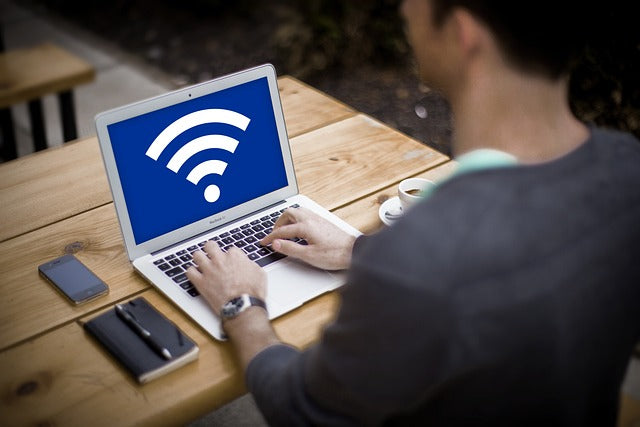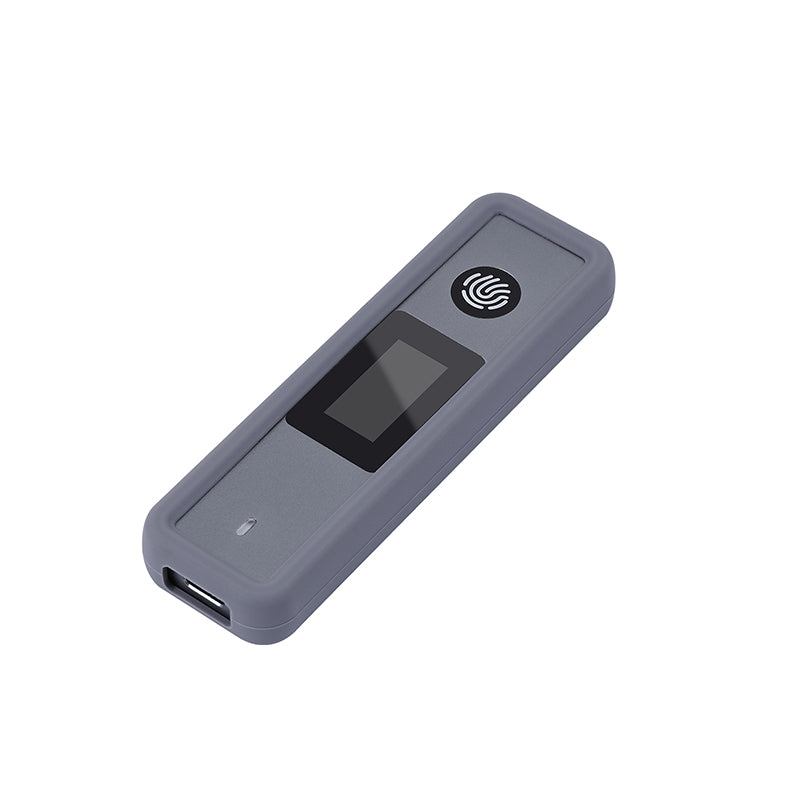
Share
USB 2.0 vs USB 3.0 to Ethernet: What’s the Real Difference?
Introduction
In today’s connected world, USB-to-Ethernet adapters are indispensable—especially for laptops without built-in RJ-45 ports, for boosting wired connection stability, or for working around unreliable Wi-Fi. But when choosing between USB 2.0 and USB 3.0 adapters, what’s the actual difference in performance—and can one still meet your needs?
Internal link suggestion: If you're still evaluating which adapter to buy, check out our main guide: Best USB to Ethernet Adapters in 2025 (Tested & Compared) for rigorous recommendations.
1. USB 2.0 vs USB 3.0: Technical Overview
USB 2.0
Theoretical maximum bandwidth: 480 Mbps (~60 MB/s) .
Real-world data rates typically reach 25–40 MB/s (200–320 Mbps), due to protocol overheads.
Operates as half-duplex, allowing data transfer in only one direction at a time.
USB 3.0 (SuperSpeed USB)
Theoretical maximum bandwidth: 5 Gbps (~625 MB/s).
Real-world throughput: commonly 70–110 MB/s (560–880 Mbps).
Features full-duplex communication with separate unidirectional channels for send and receive.
Bottom line:USB 3.0 offers roughly 10× the bandwidth of USB 2.0 and supports simultaneous two-way data transit.
2. How They Perform with Ethernet
Ethernet speeds vary depending on standards. While USB 3.0 can support gigabit rates, USB 2.0 often becomes the bottleneck.
USB 2.0 → Ethernet
Maximum theoretical speed: 480 Mbps.
Real-world performance tops out around 200–300 Mbps, even with a gigabit adapter.
In practice, users report speeds between 70–100 Mbps depending on adapter and hardware limitations.
USB 3.0 → Ethernet
Easily supports full gigabit speeds (~900 Mbps).
For example, one testing scenario recorded:
USB 3.0-to-Ethernet: 870 Mbps download / 780 Mbps upload
USB 2.0-to-Ethernet: 400 Mbps download / 350 Mbps upload.
3. Comparative Performance Table
|
Specification |
USB 2.0 to Ethernet |
USB 3.0 to Ethernet |
|
Theoretical Bandwidth |
480 Mbps |
5 Gbps |
|
Real-World Throughput |
~200–300 Mbps |
~800–900 Mbps |
|
Typical Use Case |
Up to 300 Mbps Internet |
Gigabit broadband, streaming |
|
Latency & Stability |
Moderate, potential bottlenecks |
Low latency, stable |
|
Best For |
Basic browsing, light streaming |
Gaming, large file transfers, 4K streaming |
4. Real-World Use Cases
USB 2.0 is perfectly adequate if your internet plan or LAN is below ~200 Mbps. It’s good for simple browsing or low-demand streaming.
USB 3.0 shines if you have or plan to upgrade to gigabit-level speeds—be it for gaming, heavy file transfers, or professional streaming tasks.
Users often report that USB 2.0 adapters don’t hit top speed because of lower-quality chipsets or outdated firmware—not necessarily the USB spec itself.
5. Buyer's Checklist & Considerations
When choosing between USB 2.0 and USB 3.0 Ethernet adapters, remember:
Computer port: Ensure your device has USB 3.0 (usually blue or marked “SS”).
Network speed: Match adapter choice to your current or future internet plan.
Adapter quality: Stick with reputable brands (like Anker, Ugreen, TP-Link) for consistent performance.
Cost vs performance: USB 3.0 adapters cost a bit more, but offer far better future-proofing.
Related help: If something’s not working right, check out our fix guide here: Why Is My USB to Ethernet Adapter Not Working? (Fixes Inside).
6. Conclusion & Recommendations
If you’re comparing USB 2.0 vs USB 3.0 to Ethernet, here’s what it boils down to:
USB 2.0—fine for basic internet usage on sub-200 Mbps networks; budget-friendly, but limited in headroom.
USB 3.0—highly recommended for gigabit or above networks; sleek, efficient, and ready for future speeds.
Internal link suggestion: Want top-rated adapters for 2025? Check our main review: Best USB to Ethernet Adapters in 2025 (Tested & Compared).
7. FAQ
1. Can I plug a USB 3.0 adapter into a USB 2.0 port?
Yes—but you’ll only get USB 2.0 speeds (around 200–300 Mbps max).
2. Why isn't my USB 3.0 adapter delivering full speed?
Possible causes: port not true USB 3.0 (driver/firmware issues), low-quality adapter chip, or network limitations.
3. Can USB 2.0 support gigabit Ethernet?
Technically, but in reality throughput is usually capped around 200–300 Mbps due to overhead and hardware limits.
4. How do I connect the adapter to my laptop/desktop?
Head over to our setup guide: https://www.vcom.hk/blogs/blog/how-to-use-a-usb-to-ethernet-adapter-with-your-laptop-desktopHow to Use a USB to Ethernet Adapter with Your Laptop/Desktop.

